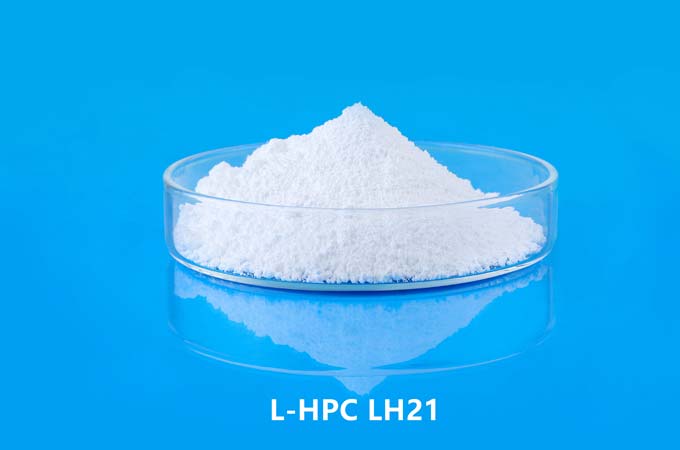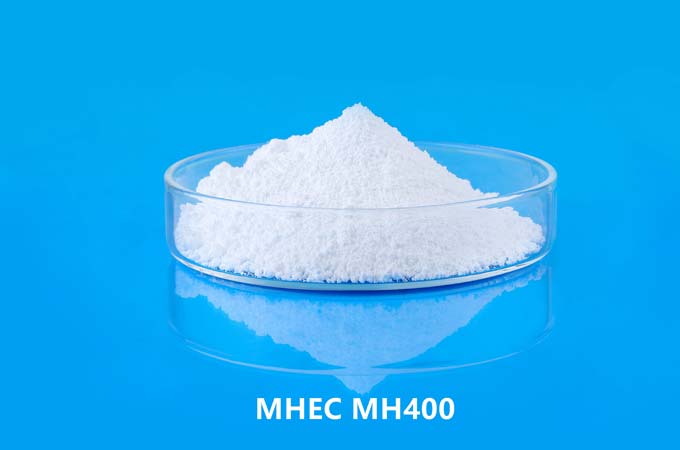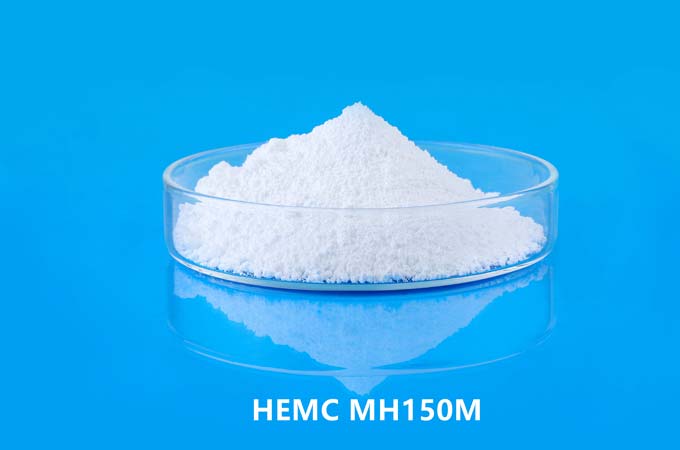Introduce:
Cellulose ethers are a group of versatile and widely used polymers derived from cellulose, a natural polymer found in plant cell walls. These cellulose derivatives are widely used in various industries such as pharmaceuticals, food, textiles and construction due to their unique properties. A key factor affecting its suitability is its solubility properties.
1. Cellulose and its derivatives:
Cellulose is composed of glucose units linked by β-1,4-glycosidic bonds and is insoluble in most common solvents due to its extensive hydrogen bonding and crystal structure. In order to increase its solubility and tailor its properties to specific applications, cellulose derivatives or ethers are synthesized. Common cellulose ethers include methylcellulose (MC), ethylcellulose (EC), hydroxyethylcellulose (HEC), hydroxypropylcellulose (HPC) and carboxymethylcellulose (CMC).
2. Factors affecting solubility:
Several factors affect the solubility of cellulose ethers:
Degree of Substitution (DS): The degree of substitution refers to the average number of hydroxyl groups substituted by ether groups per glucose unit. Higher DS generally increases solubility.
Molecular Weight (MW): Solubility generally depends on the molecular weight of the cellulose ether. Higher molecular weight cellulose ethers may have reduced solubility in certain solvents.
Solvent type: Cellulose ethers exhibit different solubilities in different solvents. Water is a common solvent for many cellulose ethers, while some may require organic solvents.
3. Solubility of specific cellulose ethers:
Methyl cellulose (MC):
MC is soluble in cold water and forms a gel when heated.
Due to its unique gelling properties, it is used in the food industry for thickening and gelling.
Ethylcellulose (EC):
EC is generally insoluble in water, but soluble in organic solvents such as chloroform, toluene, and ethanol.
It is widely used in pharmaceuticals for controlled-release drug preparations and as coating materials.
Hydroxyethylcellulose (HEC):
HEC is water-soluble and is commonly used as a thickener and rheology modifier in a variety of industries, including cosmetics, pharmaceuticals and paints.
Hydroxypropylcellulose (HPC):
HPC is soluble in water and some organic solvents. Its solubility characteristics make it suitable for use in pharmaceuticals and personal care products.
Carboxymethylcellulose (CMC):
CMC is highly water-soluble and forms clear solutions. It is widely used in the food industry as a thickener and stabilizer and in the pharmaceutical industry for its adhesive properties.
4.Application:
Understanding the solubility of cellulose ethers is critical for their effective use in a variety of applications:
Pharmaceuticals: Cellulose ethers play a vital role in pharmaceutical formulations, providing controlled release, stability and improved bioavailability.
Food Industry: They are used as thickeners, stabilizers and gelling agents in various foods.
Personal care products: Cellulose ethers are used as viscosity modifiers and emulsion stabilizers in cosmetics, shampoos and lotions.
Construction: In the construction industry, cellulose ethers are used in cement and mortar formulations to improve workability and adhesion.
Challenges and innovations:
Despite their widespread use, challenges remain, such as the environmental impact of certain solvents and the need to improve solubility under specific conditions. Ongoing research is focused on developing new cellulose ethers with enhanced solubility and environmentally friendly production processes.
The solubility of cellulose ethers is a key factor influencing their diverse applications in various industries. Understanding the factors affecting solubility and the specific solubility profiles of different cellulose ethers is critical to optimizing their use in different formulations. Continuous research and innovation continue to expand the range of applications for cellulose ethers, making them indispensable in modern industrial processes.
 English
English 日本語
日本語 français
français Deutsch
Deutsch Español
Español italiano
italiano русский
русский português
português العربية
العربية Türkçe
Türkçe Nederland
Nederland



